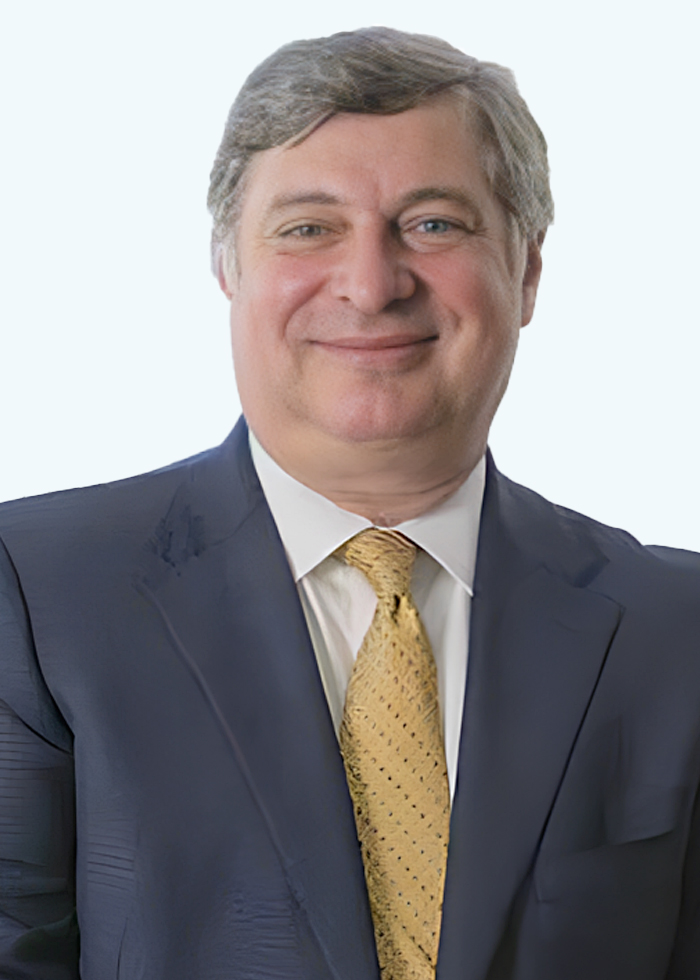written by James Klobucar, Esq., patent attorney at Gearhart Law
www.Gearhartlaw.com
Inventing Outside the Box…or Speaker
Binauric, a German based company, has created a new Bluetooth® enabled speaker called “Boom Boom” which can acquire new functionalities throughout its lifespan. Such technology is a breath of fresh air in our current technological revolution where a slightly larger display screen warrants a new iPhone® release and leaves one with outdated technology. The Boom Boom not only has the typical components one would expect to find in a speaker, but also incorporates many others including light sensors, accelerometers, and microphones.
The idea behind this mash up of parts is the speaker can be continuously updated to include such “dormant” functionality as technological applications arise. For example, the accelerometers could be employed to change the music being played with a simple shake of the speaker. Or the light sensor could silence the speaker when the lights go out. Such an approach is not only clever, but may result in a patent that is enforceable for years to come.
Under United States patent law, a granted patent gives one protection for a term of 20 years from the earliest claimed filing date. Throughout the 20 year period, there are a series of incrementally increasing maintenance fees required by the US Patent & Trademark Office due at 3.5 years ($400-$1600), 7.5 years ($900-$3600), and 11.5 years ($1850-$7400) after issuance of a patent. Thus, it is important that the technology covered in the patent is economically viable in order to justify continuing to pay such fees. Often, inventors find that their invention is “outdated” after a number of years and thus do not pay the maintenance fees to keep the patent in force.This results many inventors receiving less than the 20 years protection afforded to them under U.S. patent laws, and subsequently having their former patented technology becoming part of the public domain.
This brings us back to the Boom Boom speaker. The inventors, in this instance, thought “outside the box” in terms of what their invention can possibly bring to the table. Whereas many inventors fall into the trap of patenting and developing what their invention “is” and nothing more, these individuals saw potential in an untapped and unrealized market. This unique combination of components and latent functionality may be able to continually capitalize on and prevent others from obtaining a piece of this market. Thus, as an inventor, you should be asking yourself during the inventing process, “if someone had already patented my invention, how could I change it in a way to effectively bypass, or design around, the patent?” By looking at your invention from a competitor’s viewpoint, much information can be gleaned about the vulnerabilities of your invention to competition and the strength of your patent in the marketplace.
This manner of critical thinking enables inventors to find great potential outside of their original conceptualization in their inventive endeavors. The end result being the inventors have now captured a larger market share, and like the Boom Boom speaker, potentially added many months or years onto its economic viability. Depending on the particular invention, each day of patent protection can result in hundreds of thousands of dollars in revenue. It can’t hurt to extend your stay as a long as possible.
Further Reading:
http://www.wired.com/2014/04/a-clever-wireless-speaker-that-will-evolve-over-time/

